Tight jaw? Puffy cheeks? Skin feeling a little dull? Facial massage might be the underrated self-care step you didn’t know you needed. This simple, hands-on technique can do more than just relax you—it can lift, sculpt, boost circulation, and give your skin that natural glow we’re all after.
Whether you’re looking to release tension, reduce puffiness, or just treat yourself to a few quiet minutes of daily relaxation, this guide will show you exactly how to do it. No expensive spa trip required—just your fingers, some facial oil, and a few easy-to-follow facial massage techniques.
Ready to glow? Let’s get into it.
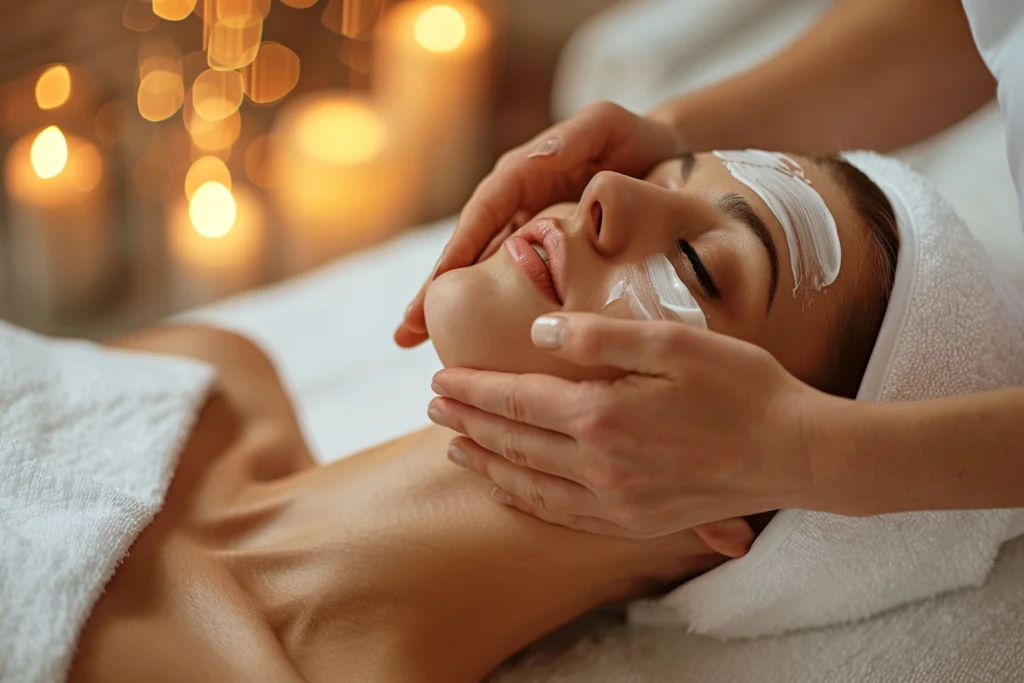
Table of Contents
Benefits of Facial Massage
Facial massage isn’t just about feeling good (though it definitely does that). It comes with a range of skin and wellness benefits:
🟣 Reduces muscle tension in the jaw and forehead
🟣 Encourages lymphatic drainage, which helps reduce puffiness
🟣 Improves blood circulation, giving your skin a healthy glow
🟣 Supports collagen production and skin elasticity over time
🟣 Helps your skincare products absorb more effectively
Regular facial massage can be part of a holistic approach to skincare. It doesn’t replace good products or sun protection, but it enhances everything else you’re already doing. Some people report seeing improvements in facial tone, fewer tension headaches, and even better sleep from making it a regular ritual.
If you’re after a more defined, fresh face without invasive treatments, these facial massage techniques are a simple yet powerful option.
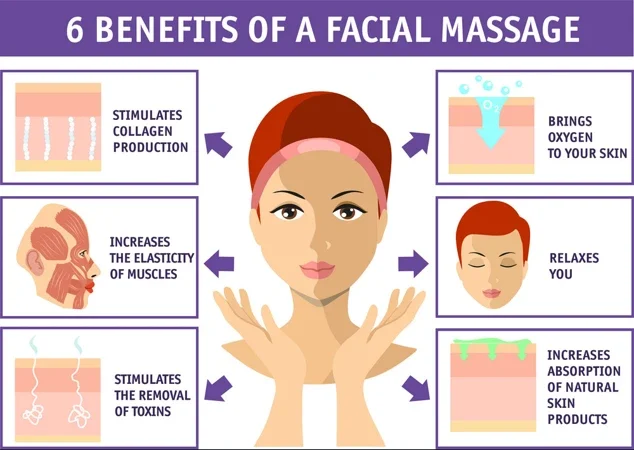
What You’ll Need
You don’t need fancy tools, but having the right basics makes a difference:
🧼 Clean hands and face (start with a fresh slate)
💧 Facial oil or moisturizer to reduce friction (try jojoba, almond, rosehip, or squalane oil)
🛠 Optional tools: jade roller, gua sha stone, heated towel, cooling globes
🪞 Mirror and quiet space to focus on technique and relaxation
Tip: Warm your hands before you start for a more soothing experience.
If you’re using a facial massage tool, make sure it’s clean before each use. Bacteria can easily transfer to your face, causing breakouts. A few drops of alcohol or a gentle cleanser can do the trick.

Step-by-Step Facial Massage Techniques
Let’s walk through a full routine, broken into easy zones. You can do the full routine (5–10 minutes) or just focus on areas that need extra attention.
Try using your hands the first few times to get used to the pressure and motion. Tools are great, but your fingers are just as effective—and always available.
These facial massage techniques are ideal for anyone looking to tone the skin, reduce stress, and reveal a more radiant complexion. If you’re just starting out, explore different facial massage techniques to discover what suits your skin’s needs best.
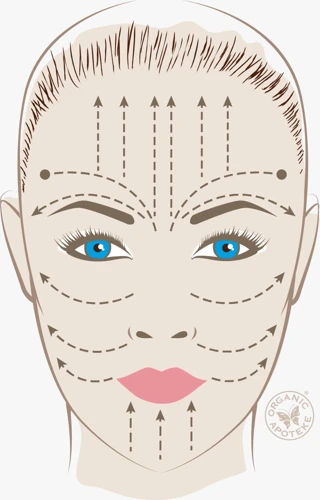
a) Forehead
🔸 Use your fingertips to smooth from the center of your forehead outward
🔸 Apply light to medium pressure in long strokes
🔸 Repeat 5–10 times
🔸 Small circular motions along the brow line can also help release tension
b) Eye Area
🔸 Tap gently with your ring fingers under the eyes, from inner to outer corners
🔸 Smooth out toward the temples using feather-light strokes
🔸 Use small circular motions above the brows to relieve eye strain
🔸 Avoid tugging on the delicate skin
c) Cheeks
🔸 Use circular motions with your knuckles or fingertips
🔸 Start near the nose and work outward to the ears
🔸 Glide upward in a lifting motion along the cheekbones
🔸 Helps sculpt cheekbones and support lymph flow
d) Jawline & Chin
🔸 Use your thumbs or knuckles to glide from the chin toward the ears
🔸 Use upward scooping motions under the jawline to encourage lift
🔸 Helps release jaw tension from clenching or grinding
e) Neck & Lymph Drainage
🔸 Lightly stroke downward along the sides of your neck
🔸 Use both hands in gentle sweeping motions from just under the ears to your collarbone
🔸 This supports lymphatic drainage and reduces facial puffiness
Facial Massage Tools: Hands vs Devices
Using your hands is simple and effective, but tools can enhance your results when used properly. Here’s a quick comparison:
| Tool | Benefits | When to Use |
|---|---|---|
| Gua Sha | Great for sculpting, lifting, lymph drainage | Daily or 3–4 times a week |
| Jade Roller | Cooling, soothing, improves circulation | Morning de-puff or post-serum |
| Cooling Globes | Reduces inflammation and redness | After sun exposure or a hot day |
| Hands | Always available, intuitive control | Daily or anytime relaxation needed |
Whichever method you use, consistency is key. It’s better to do a quick 3-minute face massage daily than one long session once a week.
Pro Tips for Better Results
💡 Keep your pressure gentle—this is about stimulation, not force
💡 Stick to daily or every-other-day routines
💡 Pair with your skincare (right after cleansing and before serum/moisturizer)
💡 Use upward strokes to lift and support the skin
💡 Don’t rush—breathe deeply, go slow, and treat it like a ritual
Bonus tip: Facial massage after applying a sheet mask can help press the ingredients deeper into the skin.
If you’re after more face massage tips and deeper tissue release, check out our full article on buccal massage benefits and techniques. It’s perfect for jawline sculpting and stress relief from the inside out.

When to Avoid Facial Massage
While facial massage is generally safe, it isn’t right for everyone all the time. Avoid it if:
❌ You have active acne breakouts or cystic acne
❌ You’re dealing with rosacea, eczema, or skin infections
❌ You’ve had fillers or Botox in the last 2 weeks
❌ Your skin feels raw, over-exfoliated, or sunburned
If you have chronic skin conditions or have had cosmetic procedures, speak to your dermatologist or aesthetician before starting facial massage.
Routine Suggestions: Daily vs Weekly
Not sure how often to do facial massage? Here’s a simple guideline:
🕒 Quick daily ritual: 3–5 minutes using your hands (after cleansing, before serum)
🧖♀️ In-depth weekly massage: 10–15 minutes with tools, full technique, maybe followed by a face mask
Use the daily version to keep your skin looking fresh and use the longer version when you have more time for a full self-care session.
What the Experts Say About Facial Massage
Facial massage is more than just a wellness trend—it’s supported by dermatologists and estheticians alike. According to Dr. Michele Green, a board-certified dermatologist in NYC, facial massage can improve blood flow, help reduce fluid retention, and support lymphatic drainage, especially when done consistently.
A 2018 study in the Journal of Clinical and Aesthetic Dermatology found that regular facial massage over 8 weeks improved facial muscle tone and skin elasticity. While it’s not a substitute for professional treatments or clinical skincare, massage can be a powerful tool in your at-home routine.
✨ Want to sculpt your face without Botox?
Lymphatic drainage massage is your go-to for de-puffing, detoxing, and glowing — naturally.
💧 Learn how to do it right → Lymphatic Massage for Face
Facial Massage Mistakes That Can Hurt More Than Help
Even simple routines can go sideways without the right approach. Avoid these common mistakes:
❗ Skipping the oil or moisturizer – Dragging dry skin can cause irritation and even micro-tears
❗ Using too much pressure – Facial tissue is delicate; overdoing it can lead to inflammation or redness
❗ Not cleaning your hands/tools – Dirty tools can lead to breakouts or infections
❗ Massaging over broken skin – Avoid areas with cuts, blemishes, or active rashes
❗ Being inconsistent – Like exercise, occasional effort won’t deliver long-term results
When Will You See Results?
Facial massage provides immediate benefits—like relaxation and improved circulation—but visible changes take time. Here’s a general timeline of what to expect:
⏱ After 1 session: Brighter, more refreshed-looking skin; reduced puffiness
⏱ After 1 week: Improved absorption of skincare products, slight toning effect
⏱ After 4 weeks: More sculpted appearance, softer expression lines, better skin texture
Consistency is key. Think of facial massage like yoga for your face—the more often you do it, the better the results over time. Many people combine several facial massage techniques to enhance their self-care routine.—the more often you do it, the better the results over time.
Myth vs Fact: Facial Massage Edition
Let’s bust some common myths:
🔍 Myth: Facial massage gets rid of wrinkles.
✅ Fact: It won’t erase deep wrinkles, but it can soften lines, reduce tension, and improve tone over time
🔍 Myth: You need expensive tools.
✅ Fact: Your hands are just as effective—tools are optional
🔍 Myth: More pressure = better results.
✅ Fact: Too much pressure can stretch or irritate the skin. Gentle is best
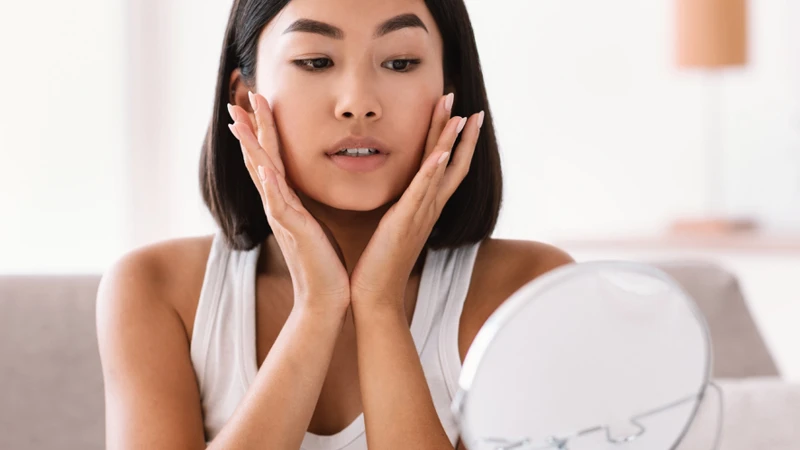
Professional Facial Massage
While DIY techniques are convenient and effective, professional facial massage offers deeper, more targeted results. Trained estheticians and massage therapists use specialized techniques to stimulate facial muscles, increase lymphatic flow, and boost collagen production far beyond what most people can achieve at home.
Here’s what you can expect from a professional facial massage:
💆♀️ Advanced techniques like myofascial release, buccal massage (from inside the mouth), and pressure point therapy.
🧖♀️ Custom-tailored routines designed to suit your skin type, muscle tone, and any specific concerns like puffiness, fine lines, or jaw tension.
🌿 High-quality products and tools, often including steam, serums, LED therapy, and cooling masks.
👩⚕️ Expert insight from someone who understands facial anatomy and skincare, helping you get maximum results without risking irritation.
A monthly professional facial massage can help maintain long-term skin health, enhance your glow, and relieve tension you didn’t even know you were holding. If you’re serious about sculpting and rejuvenating your face, it’s worth booking a session with a reputable provider.
What About Facial Acupuncture?
Facial acupuncture is another professional treatment growing in popularity. This technique uses ultra-fine needles to stimulate facial muscles, boost collagen production, and improve circulation. It’s often praised for its natural lifting effects and ability to reduce the appearance of fine lines and wrinkles.
In addition to cosmetic benefits, facial acupuncture can also help with:
🪡 Jaw tension and TMJ symptoms
🪡 Sinus pressure and chronic headaches
🪡 Improving overall skin tone and texture
Sessions are typically relaxing and minimally painful, with many people reporting a fresher, more energized appearance afterward. As with any treatment, always consult a licensed and experienced practitioner.
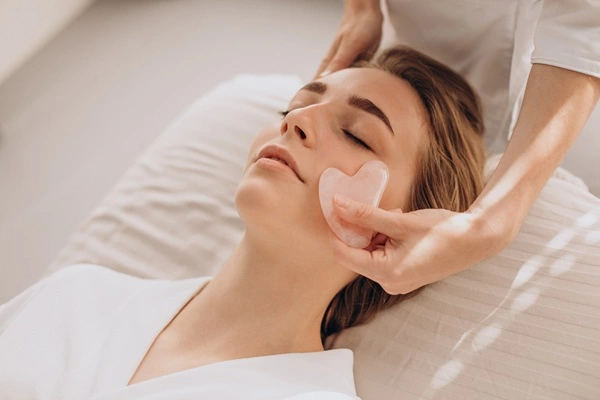
FAQs
Is facial massage good for wrinkles?
Yes, regular massage can help soften expression lines and improve circulation, which supports collagen.
How long should a facial massage take?
Anywhere from 5 to 10 minutes is enough. Even 2–3 minutes helps.
What oil is best for facial massage?
Jojoba, almond, rosehip, or squalane oil are great picks—they’re lightweight and non-comedogenic.
Can I use tools instead of my hands?
Absolutely! Gua sha and jade rollers are great additions, but your hands work just as well.
Can facial massage help with puffiness?
Yes! It encourages lymphatic flow, which reduces fluid buildup around the eyes and cheeks.
When is the best time to do facial massage?
Morning for de-puffing, evening for relaxation. Do what fits best into your routine.

Final Thoughts: Make It a Ritual
Looking to take your facial massage routine to the next level? Explore our companion guide on using massage tools for deeper relief:
👉 How to Use a Face Massager for an Ultimate Stress-Relieving Massage Experience — Learn how to choose the right device and master techniques for spa-level results at home.
Facial massage isn’t just a technique—it’s a moment of calm you can gift yourself every day. Whether you’re prepping for bed or starting your morning, even 5 minutes can make a visible difference in your skin and how you feel.
You don’t need fancy tools, a big budget, or even a spa day. Just your hands, a bit of oil, and some intention.
Your face does so much for you—give it some love in return.
📚References
- Facial Massage Benefits – Healthline
- Facial Acupuncture: How It Works, Benefits, Cost – RealSelf
- Short- and Long-Term Effects of Using a Facial Massage Roller on Facial Skin Blood Flow and Vascular Reactivity – ScienceDirect
- Verywellmind.com. (2020). What Are the Benefits of Facial Massage? Retrieved June 30, 2020, from Verywell Mind
⚠️ Disclaimer:
This article is for informational purposes only and does not constitute medical advice. Always consult with a licensed healthcare provider or certified massage therapist before beginning any new treatment, especially if you have pre-existing health conditions or concerns.

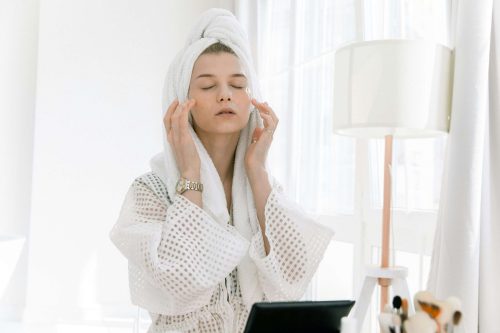


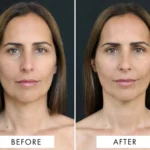
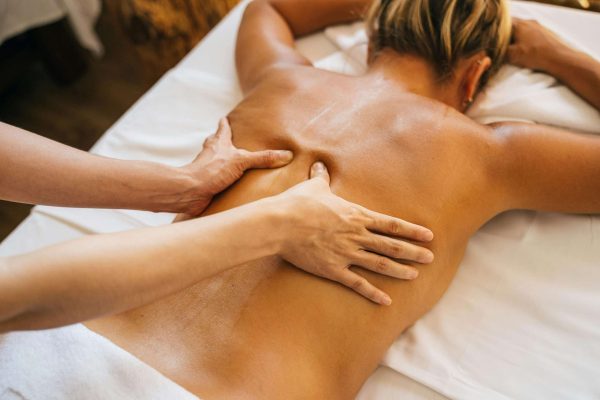


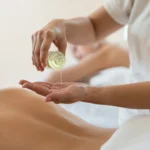



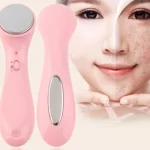
interesting post thank you